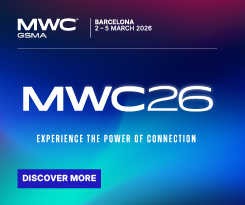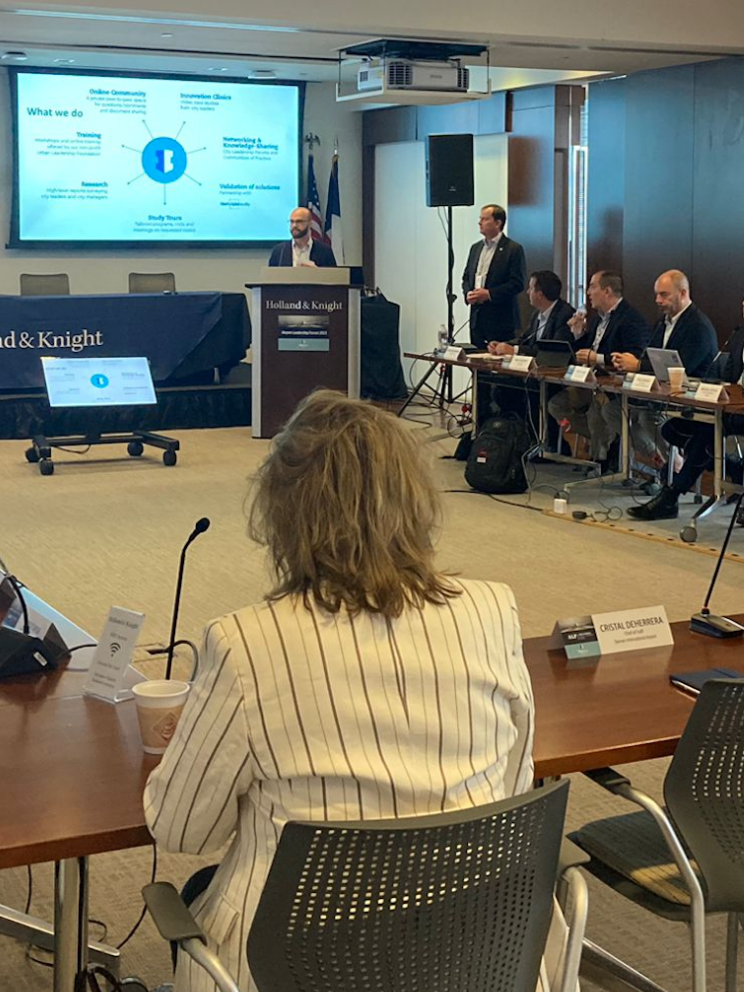
Photo: los-angeles-henning-witzel-ukvgqriuOgo-unsplash-1
Angeleno Account provides ‘digital key’ to LA’s city services
24 November 2020
by Sarah Wray
LA’s Miguel Sangalang describes the new Angeleno Account as “the key to the city’s digital front door”.
Earlier this month, Sangalang became Interim Director and General Manager for LA’s Bureau of Street Lighting. In his previous role as Deputy Mayor for Budget & Innovation, he led on the Angeleno Account initiative, which aims to provide citizens, businesses and visitors with a single-password digital account to access a wide range of services and apps provided by the city.
Through the Angeleno Account, residents will be able to pay for parking meters, submit service requests, apply for permit applications and much more.
The service will pre-populate residents’ information for applications etc., and provide personalised information and updates to them. There are important benefits for the city too, including greater insight about residents and improved efficiencies.
The initiative has been in the works for a while but its development has been rapidly accelerated by the pandemic, Sangalang said.
Contactless directive
In August, Mayor Eric Garcetti issued an executive directive, instructing all city departments to digitise and make contactless all existing and new public services in response to Covid-19, and to “deliver back-to-basics services more efficiently”. The directive also requires departments to incorporate these digital-first parameters in their continuity of operations plans. The Angeleno Account will underpin this, providing a more streamlined experience for residents.
It is currently available in Beta phase with the Los Angeles Business Assistance Virtual Network (LABAVN), through which businesses can apply for contracting opportunities with the city. Around 56,000 Angeleno Accounts have been issued for small businesses and Sangalang says the system has speeded up RFP (request for proposals) filings by as much as 20 times, cutting time on paper-based and repetitive online forms.
The Angeleno Account also builds on the Angeleno Card initiative, which launched in April. A collaboration between the Mayor’s Office, the Mayor’s Fund for Los Angeles and Accelerator for America, the Angeleno Card provided financial assistance of between US$700 and US$1,500 for in-need households via no-fee debit cards provided by Mastercard’s City Possible network. The scheme raised and disbursed more than US$36 million in donations and over 104,000 Angelenos have benefited. Future programmes that offer direct aid will go through the Angeleno Account.
Department services will gradually be added to the system. First in line include the Department of Water and Power, the city’s 311 system and the Department of Ageing. Prioritisation will be based on LA’s COVID-19 reconstitution plan for reopening and maintaining services, as well as how quickly services can be digitalised.
“It’s been interesting to see that many of our departments are actually clamouring for the service,” said Sangalang. “People want to get to the front of the line and that’s a good problem to have.”
He added: “We are working with our departments to try and make the Angeleno Account the first method of interaction or disbursement, and also tying it to those larger benefits that we’re giving as a city as a whole.”
Someone who qualifies for one direct aid programme, for instance, may also be eligible for other related assistance and could find out about benefits automatically via the account. Residents could also subscribe to information such as city calendar events, classes provided at recreation centres and more.
Trust
A recent report from Juniper Research found that the number of digital identity apps in use globally will exceed 6.2 billion by 2025, from just over 1 billion today. Civic identity apps are expected to account for almost 90 percent of these, with the lasting impact of the pandemic being one of the major drivers.
Although LA’s Angeleno Account is an example of this, Sangalang says he prefers to avoid the term “digital ID”, since it has become “charged”. It can be negatively associated with surveillance and immigration, for instance.
“ID has a very heavy-handed government feel to it,” he commented. “Giving the access and services that people need in the best way possible is the goal of the Angeleno Account.”
The city is also currently developing a detailed privacy policy so that citizens will be clear how their data will be used and the benefits they will get in return.
“If people are entrusting us with their information, they should know what value they get out of it,” Sangalang said. “And I also believe it’s one of those right steps to increase the confidence in what the government does.”
Under the hood
Sangalang said implementing the Angeleno Account had been “way less difficult than we would have thought five years ago.” He noted that ongoing back-office work to upgrade departments’ systems had helped and that technical solutions have matured – the system mainly uses existing platforms.
These are overlaid with Okta for identity management and the MoCaFi finance platform for transactions.
“It’s actually much cheaper for the city to do this internally and have all these different federated systems throughout the city ‘talking’,” Sangalang said.
Working with MoCaFi and consulting company Ignite Cities, Los Angeles is also undertaking outreach and feedback efforts to increase the use of the Angeleno Account by people from more “disconnected” communities, such as the unbanked – especially as many of these residents remain among the hardest hit by Covid-19.
Alongside this, a city task force is testing how services can adopt more human-centred design and feedback from residents.
Collaboration has also been key to success, Sangalang said, noting that the Mayor’s Directive had ensured co-ordination between department heads, which “moved the needle” on getting the initiative off the ground quickly.
George Burciaga, Managing Partner, Ignite Cities, said the Angeleno Account is an example of the power of partnerships to deliver long-term benefits.
“The city took the initiative, with the ecosystem partners, to not only focus on relief but also on recovery and rebuilding” he said. “And that’s powerful.”









